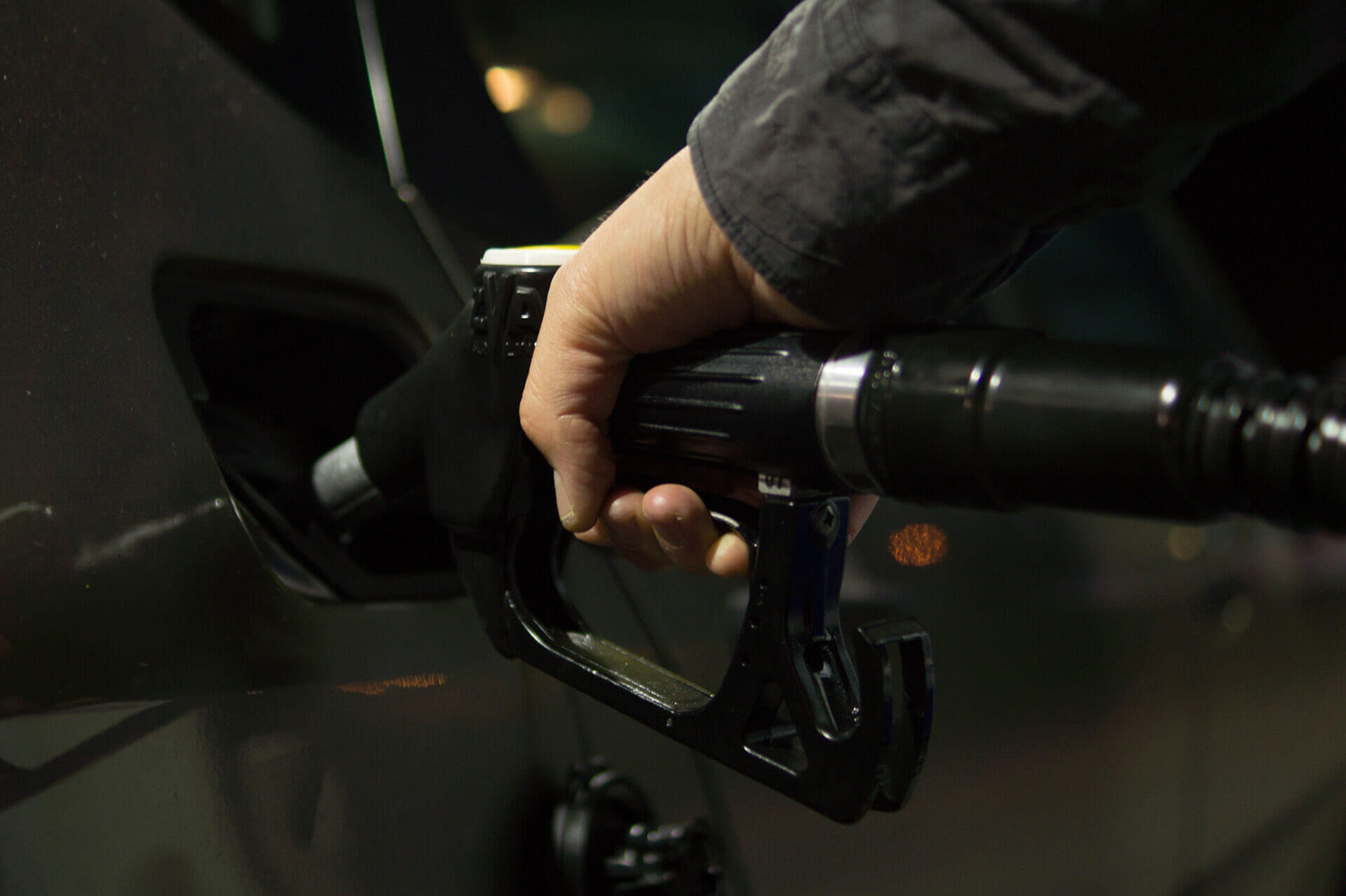The Impact of COVID and the Conflict in Ukraine on Shipping and Supply Chains
Exploring the Impacts of World Events

Elena Obenhuber
The world is a very different place now than it was two short years ago. And while there have been many local, national, and global events that have impacted communities, two, in particular, have added significant strain on an already struggling supply chain: the pandemic and the current conflict in Ukraine.
Direct and Indirect Impacts
In both direct and indirect ways, companies and consumers around the globe are feeling the stress of increased prices, delays for goods, and security concerns. Ocean shipping costs have undergone tremendous volatility, with an up to ten times increase, and are currently around five times higher than pre-COVID rates. As the Logistics Coordinator for CakeBoxx Technologies, I witness the effects of these issues firsthand and see how they impact our service delivery for our customers on a daily basis.
While COVID kicked off the disruption in the supply chain, the evolving situation with Russia and Ukraine has exacerbated it. The most obvious and broadly felt direct impact is in rising oil prices. As gas and energy rates increase, so do the overall costs for transportation, whether by land, sea, rail, or air. In addition, the cost for raw materials is increasing as oil is needed to extract these materials. Everything in the shipping industry revolves around fuel, so this is the largest pain point our customers are experiencing right now.

Indirectly – and especially for international shipping – we are all facing the potential impact of closing, or at least delaying cross-border import and customs operations. In recent weeks, our teams and customers have had to quickly adjust expectations for current and prospective shipments due to the sanctions against Russia and route disruption due to the escalating violence and tensions in and around Ukraine. This has had a major trickle-down effect on all aspects of shipping as vehicles/ships are re-routed, tariffs are increased, and customs clearance plans have to be re-worked and adjusted for alternative routes.
Of course, these issues also have an impact on the cost of duties and insurance, as the unexpected crossing of new borders means a re-assessment of customs fees and how products need to be insured. The higher the value of a product, the larger the increase on those costs will be.
Looking a little bit deeper it is easy to see increases in labor and handling costs, fuel/bunker surcharges, and war surcharges added to the equation of escalating costs. As a corollary, the longer a container spends in ports or in transit, the more opportunity there is for other issues to arise, including security concerns, theft, vandalism, demurrage and product damage. It all adds up very quickly and levies a hefty price penalty on the overall cost of transportation to all stakeholders across the supply chain.
Innovative Container Designs Ease the Stress of Shipping
While we at CakeBoxx certainly can’t solve all of these issues, we can significantly ease the burden for companies that are looking for ways to be more sustainable, efficient, and economical for the long-term.
Let’s start with the biggest concern for everyone: increased fuel prices. As I mentioned earlier, fuel and energy costs are the foundation of the shipping industry and this is no different for CakeBoxx containers. However, where we create more efficiencies and sustainable practices is with the shape and structure of our containers. With a standard container design, you are limited by what can fit into the two doors and maneuvering around tight spaces to make items fit. But with our two-piece deck-and-lid design and our proprietary Perimeter Tie Down System (PTS™), companies can take full advantage of the container design to ship products that otherwise would have to ship on less fuel friendly break bulk or multi-purpose vessels. This also means faster loading/unloading times, directly translating to reduced fuel spent, smaller carbon footprint and, foreseeably, a reduction in the number of containers needed.
For example, our BreakBulkBoxx™ can have a significant and direct impact on the fuel charges/surcharges you will pay when shipping break bulk cargo that typically cannot fit into a standard container. When cargo is shipped as break bulk, costs – and risks increase dramatically, and there are fewer options and less predictability for shipping routes and transit times. Your cargo may be in transit for twice as long compared to cargo shipped in containers. CakeBoxx Technologies’ 45’ and 53’ BreakBulkBoxx options allow irregularly sized items to be shipped in a container with simple loading and unloading capabilities. Containerized shipping reduces the time spent in transit – and the associated costs. I love the image below as it clearly defines the cost and time advantages of our BreakBulkBoxx design!
The Big Picture
World events are rapidly changing the way we all do business and it is forcing many of us to rethink our priorities and needs, especially around supply and demand. The transportation and logistics industries have responded with meteoric evolution over the COVID era. Long-established business models must change to adopt integrated supply chains, accommodating the need for resiliency, sustainability, and visibility at every stage from end to end.
CakeBoxx Technologies is committed to supply chain resiliency from first to last mile, door to door. This is why we’re adopting a supply chain systems engineering, ‘CakeBoxx-as-a-Service’ approach as announced in our recent press release for the appointment of COO Jim Campbell. For any company that is shipping goods domestically or internationally, it is critical to begin reassessing where you can increase efficiencies and security, while at the same time reducing costs and time. We at CakeBoxx would love to help. Contact us anytime.





